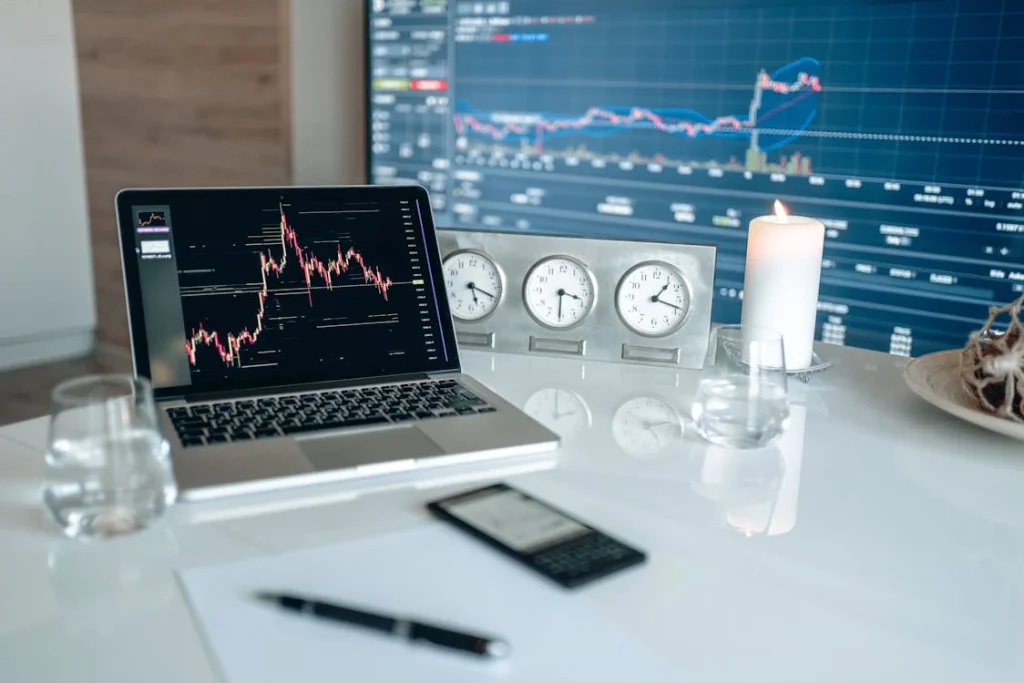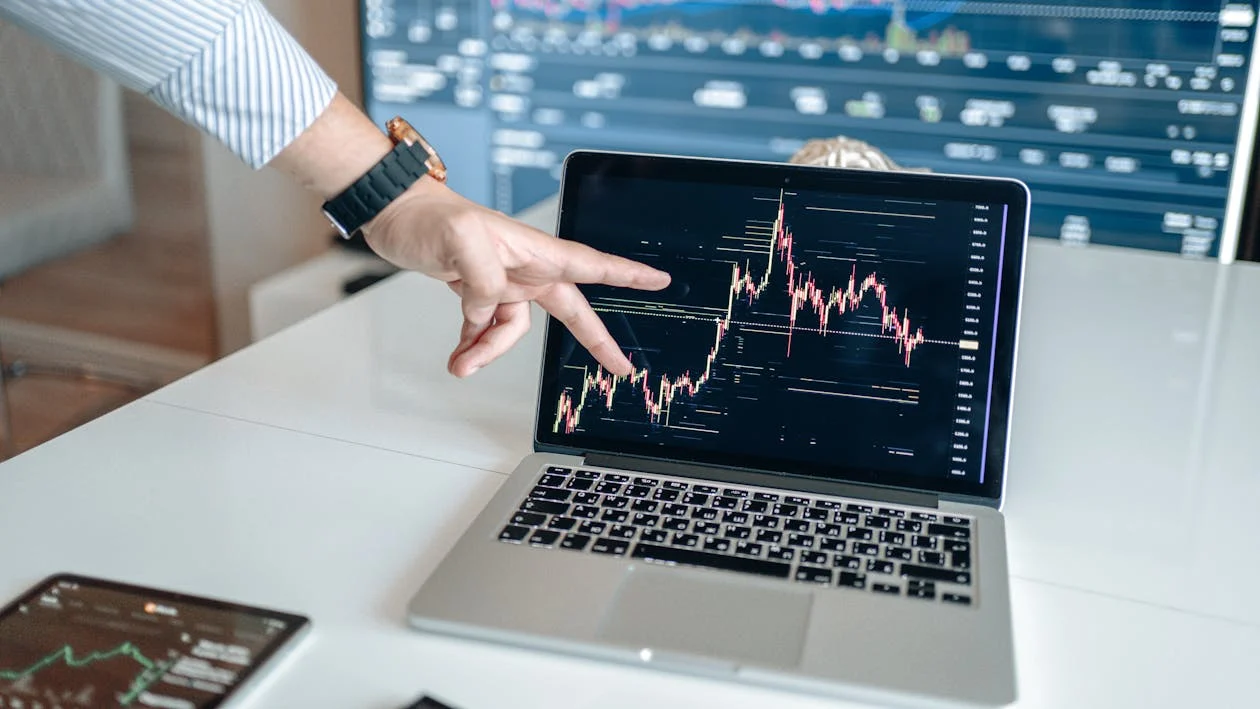When the World Panics, Gold Listens – And Traders Who Understand That Win
Gold doesn’t shout. It whispers. And in moments of global fear a war, a recession, a banking collapse that whisper turns into a roar. But by the time the headlines start screaming “BUY GOLD,” most traders are already too late. The market has moved. The opportunity has passed.
To trade gold profitably, you need to stop thinking like a trader and start thinking like a strategist. This isn’t just about candles or patterns. It’s about understanding global psychology knowing what gold responds to, when it moves irrationally, and when it signals something much bigger than a chart pattern.

The Emotional DNA of Gold
Unlike currencies or stocks, gold doesn’t rely on earnings or interest rates alone. It feeds on fear. When inflation rises, when central banks waver, when trust in fiat currency weakens gold becomes more than a metal. It becomes a message.
Every spike in XAUUSD is a reaction to human uncertainty. It’s traders hedging against collapse, institutions shifting capital, central banks preparing for volatility. And if you listen closely, each move tells a story.
Why Most Traders Misread Gold
Gold doesn’t play fair. It breaks out and whipsaws. It ignores traditional support zones. It fakes rallies and collapses suddenly. Traders used to rigid technical setups get chewed up quickly. That’s because gold is highly reactive to external stimuli:
- Surprise rate cuts or hikes
- Unexpected war announcements or global threats
- Sudden changes in bond yields or inflation data
The real edge? Knowing when not to trade. Gold rewards patience and punishes greed. If you’re forcing trades, you’re trading emotion not structure.
Timing Gold Like an Insider
There are moments when gold becomes predictable not in direction, but in volatility. These windows matter:
- Before major economic releases like US CPI or NFP
- During Fed press conferences when tone shifts faster than policy
- When the dollar (DXY) shows weakness across multiple pairs
Smart traders don’t just look at the gold chart. They compare it to the dollar index, to real yields, to the VIX, and to geopolitical heat maps. Gold is the final expression of fear not the beginning.
Think Like a Gold Hunter, Not a Scalper
Scalping gold can work if you love adrenaline. But the ones who win long-term look for big swings: swing trades, position builds, accumulation zones. They wait for areas of confluence where technical and fundamental align. They enter when the story is loud, and everyone else is confused.
For example, when inflation rises but the Fed delays action that’s gold’s moment. Or when equity markets crash, and capital seeks shelter gold shines. Recognizing these conditions early gives you the kind of edge no indicator can provide.
There Is No Safe Trade — Only Smart Risk
Gold trading, despite its reputation as a “safe haven,” is never safe. It’s fast, sharp, and often irrational. But with proper risk control, wide stop-loss strategies, and macro awareness, it becomes one of the most rewarding assets to trade. Not because it’s easy but because it’s honest.
If you respect its rhythm, understand its psychology, and stop chasing every spike, gold becomes less chaotic and more strategic. You stop reacting and start anticipating.










